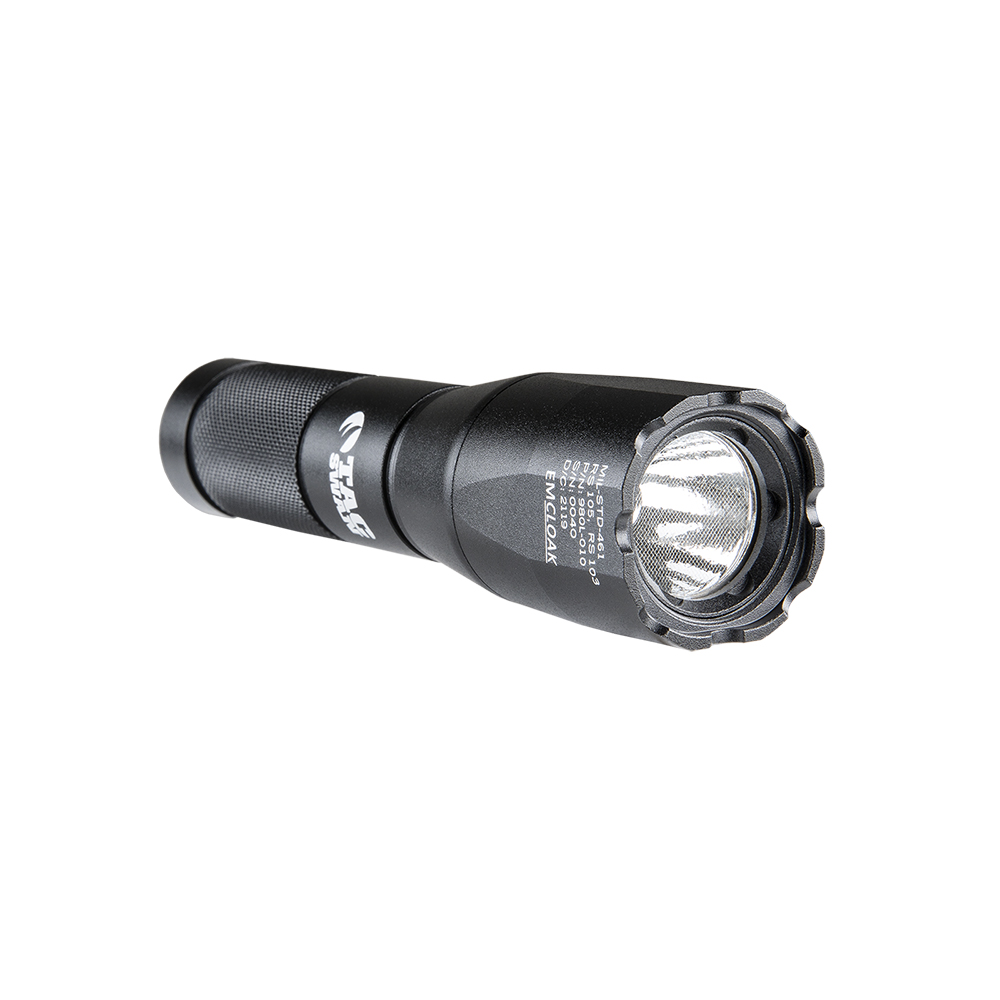aznsx
Flashlight Enthusiast
Funny that I used to work at/for fiber network equipment mfgr., but never dealt with and don't know anything about residential FTTH CPE. I was going to ask if you had a link to info or photo of what's installed at your house, but this is probably even easier / better...Hmmm. I have a problem. My electric ground is on the back of the house, and my fiber optic box is on the front of the house, and when they installed the fiber optic box, the crew drove a ground rod into the ground there, and grounded the fiber optic there in front--not tied to the rest of the house ground. Sounds like this could be a major problem. Yes?
What type of physical network connection is it that actually brings the signal(s) into the house from the device they installed at the front of the house; is it fiber of some type, or metallic cable / wire like twisted-pair Ethernet cabling, coax, or the like? That'll tell me what I should be thinking about - assuming I can still think, which can be dicey.
EDIT: P.S. ....and is that device powered from your house?
Last edited:



